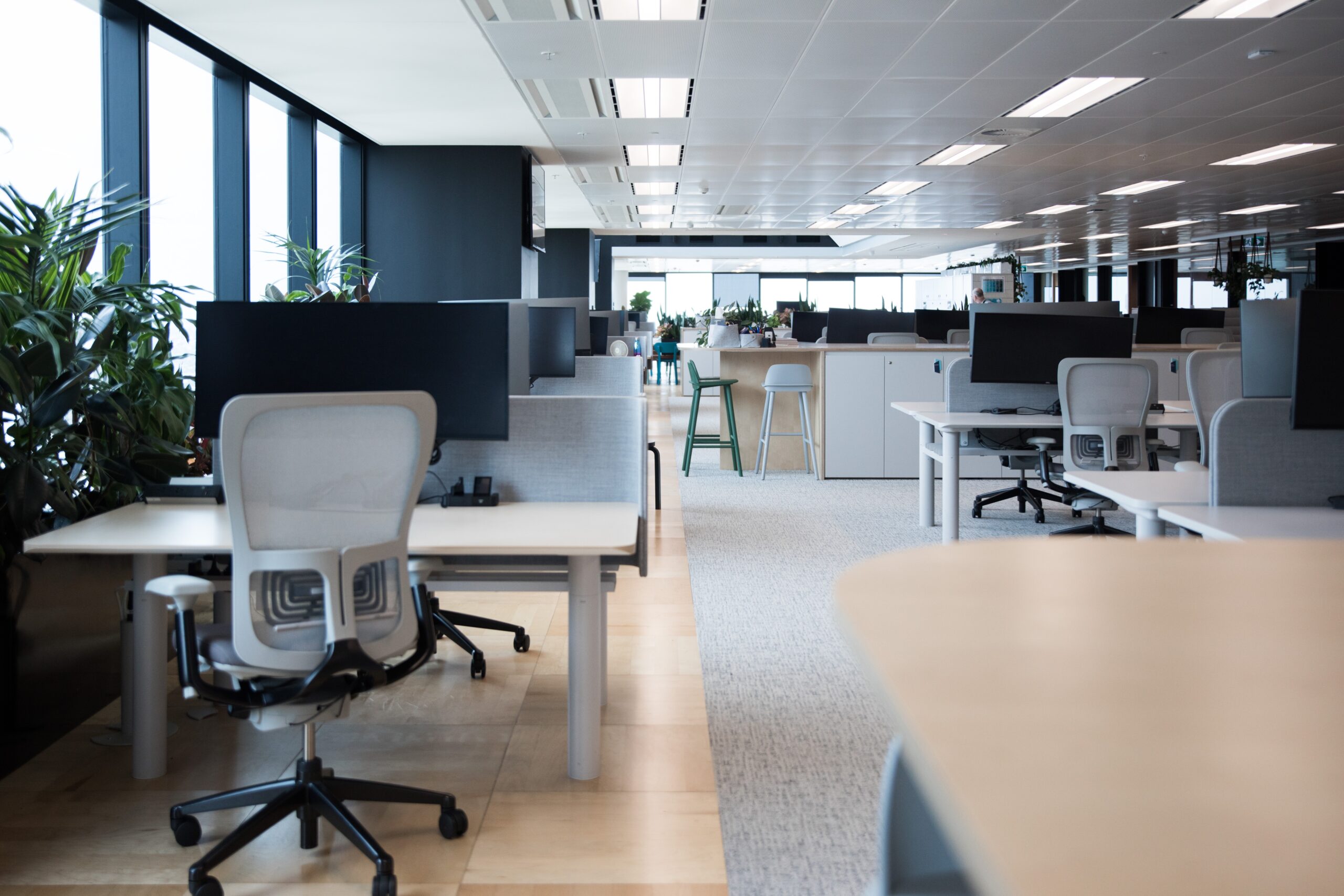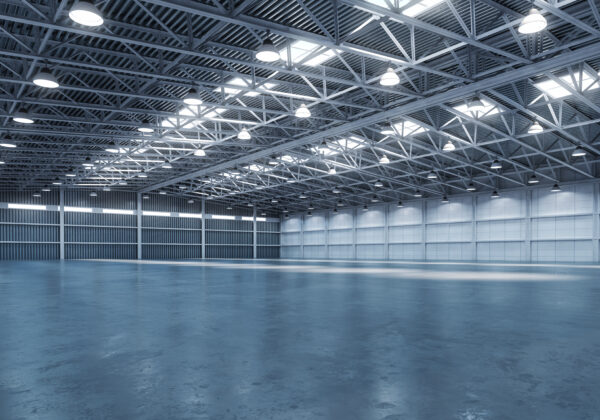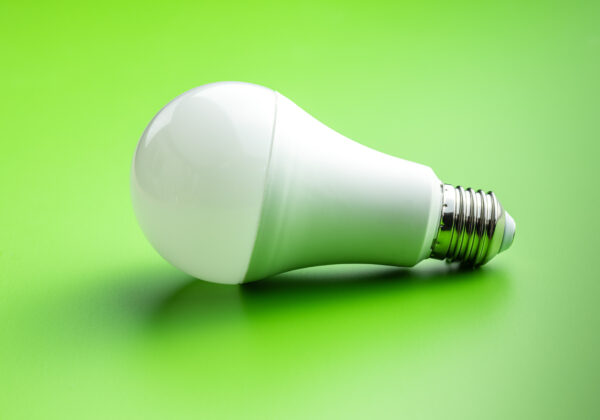It may be low-hanging fruit, but it sure does save money!
Energy consumption has been growing exponentially over the years. Today more than 4.7 million commercial buildings consume more energy than the transportation or industry sectors, accounting for nearly 40 percent of total U.S. energy use. The total energy used by U.S. buildings topped $369 billion roughly a decade ago.
This post will dig into some of the ways commercial buildings can improve their energy efficiency and operations while reducing costs by looking at the first of two core areas that will drive the greatest efficiency and cost savings in the long run. These include:
- LED Lighting Technologies
- High-Efficiency HVAC Systems
As the article points out, it’s not enough to just make a few tweaks to an existing system or to have a new system installed.
ENERGY SYSTEM BASICS
The term “building” is used in a general sense in this post and refers to any structure that has a primary function of containing people and/or things. Buildings are often categorized as residential, commercial, or industrial. Residential buildings tend to have smaller footprints and are generally smaller in size. Commercial buildings tend to have larger footprints and are generally larger. Industrial buildings are often large and complex and often have a single purpose.
Commercial buildings are the most energy-intensive sector of the building industry. According to the USGBC, commercial buildings account for 60 percent of the total energy use in the U.S.
EFFICIENT BUILDING SYSTEMS ARE BECOMING MORE ECONOMICAL
Let’s start with lighting. In the past decade, we’ve seen the cost of lighting drop by over 50%, as LED lighting technologies have taken off. In addition, the lighting industry has seen dramatic changes over the past decade, including increased penetration of LED lighting and the adoption of more efficient fixtures; this has reduced the overall energy consumption and cost of lighting by up to 30%.
We’ve also seen a similar trend in HVAC systems. As HVAC equipment costs have dropped, the industry has seen a shift towards high-efficiency models. This has resulted in dramatic reductions in energy consumption and cost. For example, in the U.S. commercial building sector, we estimate that the average building is approximately 20% more energy efficient today than it was in 1990.
But in addition to the efficiency improvements, there are many other ways in which commercial buildings can reduce their energy consumption and costs.
LED LIGHTING BASICS
LEDs are light-emitting diodes, and they’re replacing traditional lighting technology in the commercial sector. LED lighting is more energy-efficient and offers better light quality than traditional lighting technology. In the past, the lighting industry used incandescent and fluorescent bulbs, which were expensive to operate. Today, the cost of LED lighting has dropped dramatically, making it more affordable and efficient than incandescent and fluorescent bulbs.
Commercial lighting accounts for about 25% of the total energy consumed by commercial buildings. The energy savings and lower costs of LED lighting have driven the adoption of LED lighting. It is estimated that the total cost of LED lighting will be 1/10th of traditional lighting technology in 10 years.
The industry is seeing a move to LED lighting in commercial buildings. LED lighting is becoming more and more popular. It has the benefits of better energy efficiency and long life. In addition, it’s much more affordable than traditional lighting, and it has a much lower cost of ownership.
HOW TO APPROACH LED LIGHTING
The first step to energy efficiency is lighting. LED lighting systems are very energy efficient, with a lifespan that can be many times longer than traditional lighting systems. LED lighting also has the advantage of producing less heat than traditional lighting systems, which means LEDs can be used in more applications. They also tend to have a much higher lumen output than traditional lighting systems.
LED lighting systems can be installed as a retrofit or a new installation. A retrofit installation is usually an existing lighting system that has been replaced with a new LED lighting system. A new installation is usually a lighting system that is installed in a new building.
Retrofit installations are often more cost-effective than new installations. However, several considerations need to be taken into account when installing a new lighting system, such as:
- Power supply requirements
- Heat dissipation
- LED reliability
- Location of fixtures
- Environmental factors
LED lighting systems are very flexible in their application. For example, they can be used in parking lots, walkways, exterior spaces, and interior spaces.
MAKING THE LED TRANSITION EASY
In terms of the actual improvements that can be made, one of the easiest ways to improve energy efficiency is through the use of LED lighting. According to the USGBC, “the amount of energy consumed by a typical lighting fixture is about ten times less than an incandescent bulb.” In addition, LED lighting has a much longer lifespan, is highly efficient, and is much more environmentally friendly.
The USGBC estimates that a single square foot of a commercial building can use as much as 30,000 kilowatt-hours of electricity each year. According to the USGBC, a typical fluorescent light bulb can use as much as 100 kilowatt-hours of electricity each year. By comparison, a typical LED light can use as little as 3 kilowatt-hours of electricity per year. This can be a massive difference in the energy consumption of a building and is one of the most important factors to consider when making improvements to the building.
Another key component to consider when it comes to improving the energy efficiency of a building is the HVAC system, which we will cover in our next post.
If you have any questions or would like to learn more about how you can transition your facility, building, warehouse, or small business to LED lighting, drop us a line: [email protected]



